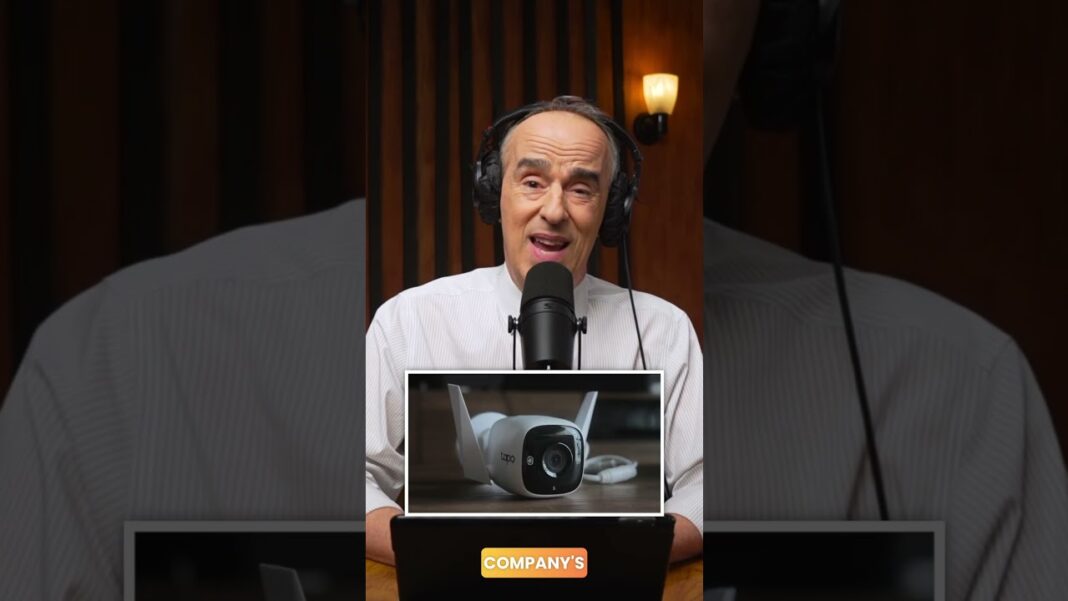The decision follows the economic and trade deal recently struck between Trump and Xi, USTR says.
The United States has extended its reprieve on tariffs on some Chinese products for one year, following the trade deal announced earlier this month between President Donald Trump and Chinese leader Xi Jinping.
The exclusions, due to expire at the end of this month, will apply to 178 product categories, including equipment used in manufacturing solar products, and run through November of next year, the Office of the U.S. Trade Representative said in a Nov. 26 statement.
Goods that received renewed exemptions include medical devices such as blood pressure monitors and pulse oximeters, as well as a wide range of industrial products, such as pumps, motors, air and water purifiers, and compressors used in cars’ air conditioning systems.
The United States initially imposed duties on billions of dollars’ worth of imports from China during Trump’s first term, after a USTR investigation concluded that China had, for decades, stolen American intellectual property and forced U.S. companies to transfer technology. The Biden administration largely maintained these tariffs.
In the Nov. 26 formal notice, the USTR said the decision to further extend the exclusion reflects feedback the administration received from the public.
“In response to the notice, 147 of the current exclusions received comments supporting extension and claiming, inter alia, that products covered by the exclusion continue to be available only in limited quantities outside of China and additional time is needed to shift sourcing outside of China,” the USTR said.
“Only ten of these exclusions also received comments opposing extension. Generally, commenters opposing extension claimed that products covered by an exclusion are available outside of China, and some comments asserted an adverse impact to a competing domestic industry.”
The trade office noted that this decision came in light of the economic and trade deal struck between Trump and Xi following their summit in South Korea on Oct. 30.
On Nov. 24, the two leaders had their first conversation since the historical summit, discussing trade, Ukraine, and other topics.
By Dorothy Li







